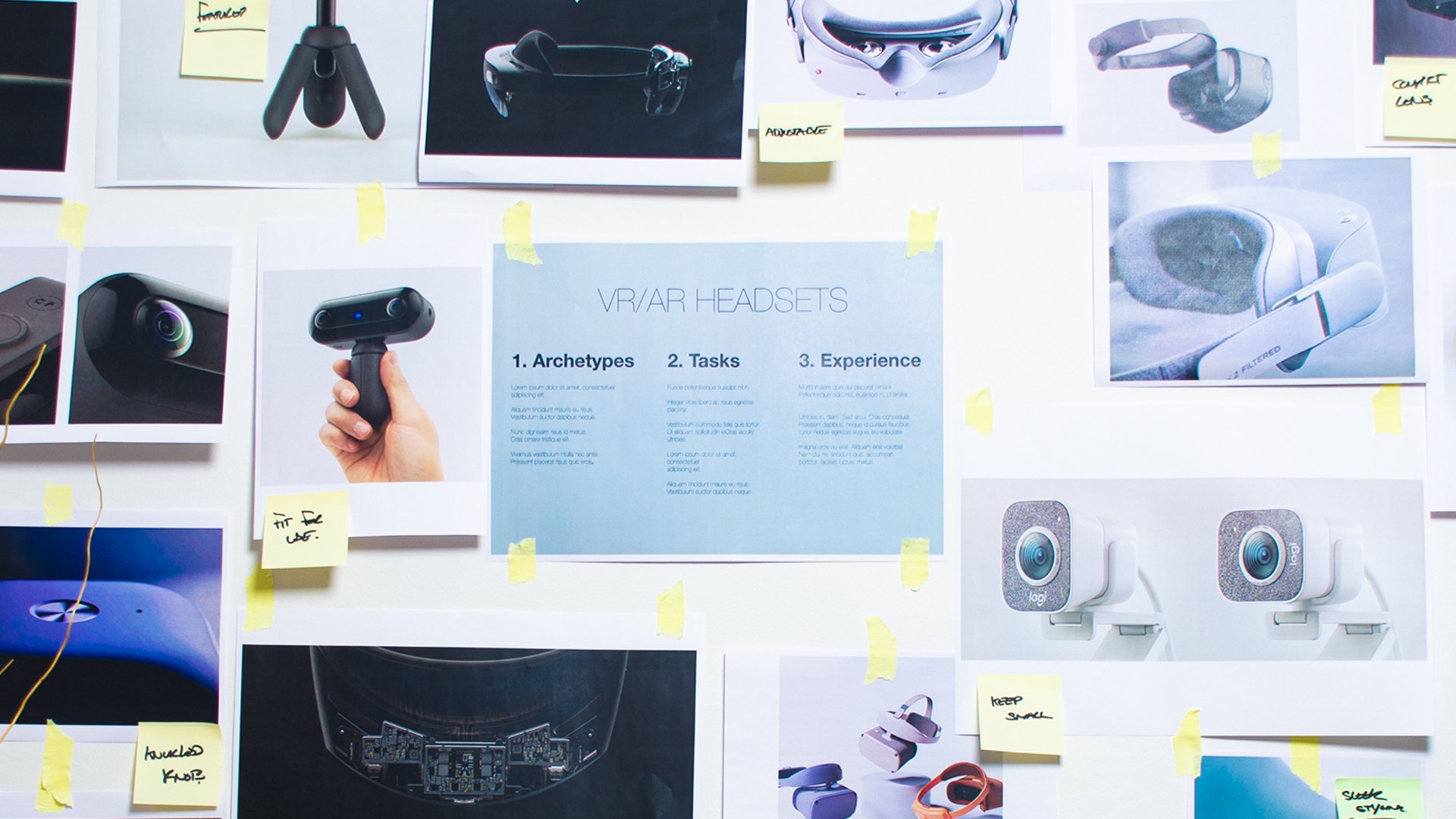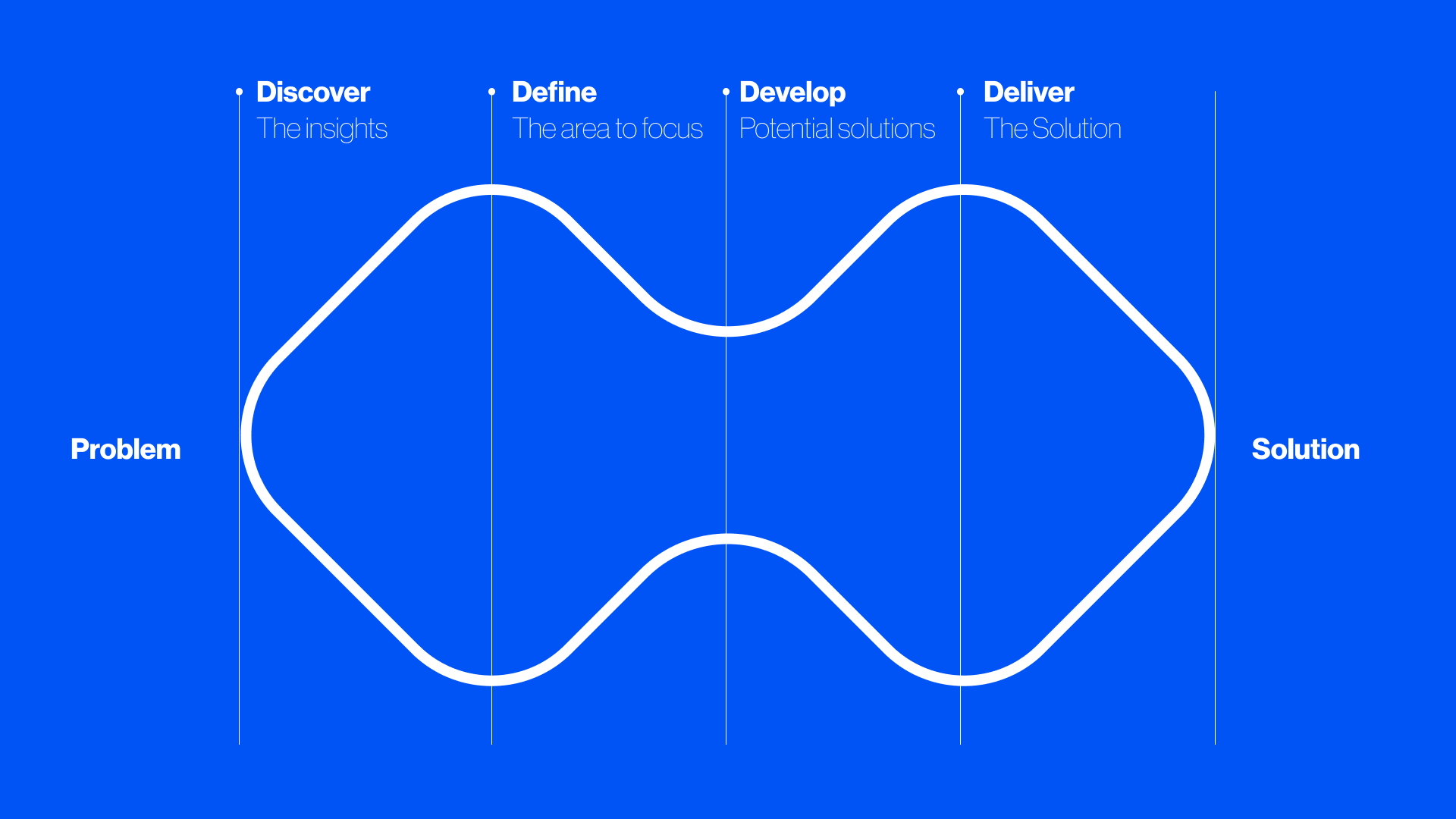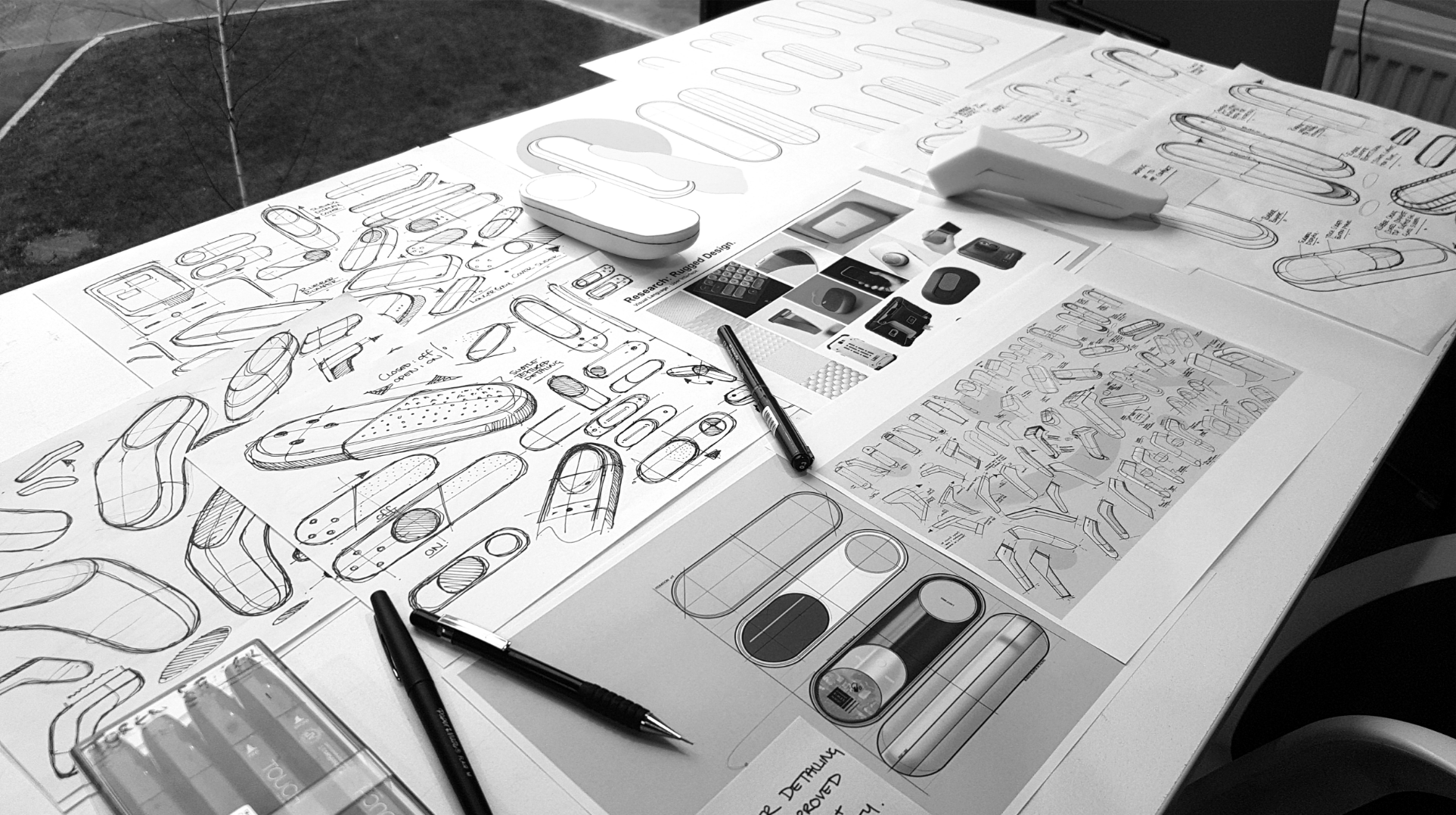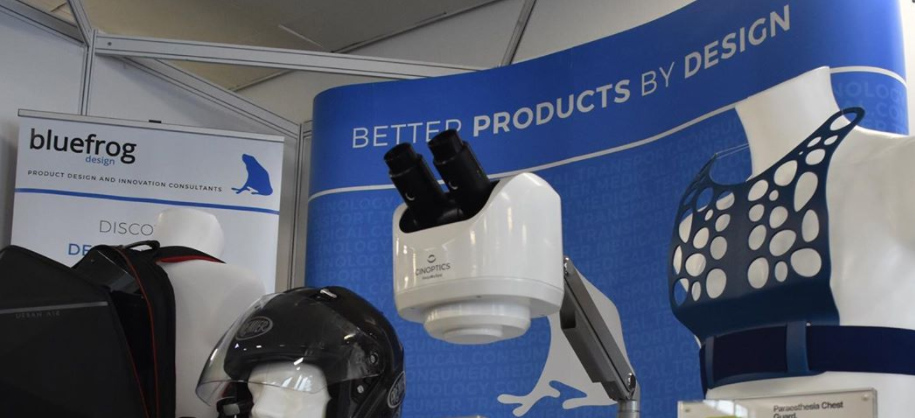Choosing a UK Product Design Company: Essential Questions You Must Ask

When choosing a UK product design company, knowing the right questions to ask is “choosing a uk product design company essential questions you must ask.” This guide will help you navigate that process by focusing on critical areas like understanding their design process, evaluating their technical skills, ensuring effective communication, assessing relevant experience, and reviewing cost and quality assurance. Asking these essential questions will help you make an informed decision.
Table of Contents
Key Takeaways
- Understanding the design process, including initial consultations, concept development, and prototyping, is vital for successful project execution and alignment with client expectations.
- Evaluating a design firm’s technical expertise and previous work, alongside client testimonials, ensures they have the necessary skills to meet project requirements effectively.
- Establishing clear communication channels and leveraging collaborative tools enhances teamwork, helps manage costs, and facilitates ongoing support after product launch.
Understanding the Design Process

A thorough understanding of the design process and the production process can significantly influence business success, necessitating both time and financial investment. This process generally encompasses initial consultations, concept development, intellectual property, and prototyping and testing.
Inquiring about each phase allows you to evaluate the design firm’s approach, flexibility, and capacity to meet your specific requirements.
Initial Consultations
Initial consultations set the stage for aligning project goals and expectations between the client and the design firm. These meetings should cover your expectations, goals, and budget while clarifying the design team’s process and limitations.
This phase helps in understanding user needs and crafting effective design solutions. Clear communication and mutual understanding established during these consultations lay the groundwork for the entire design process.
Concept Development
Concept development incorporates user research to guide design direction and conduct user research to refine ideas. This phase translates initial concepts into viable solutions through creative brainstorming and collaboration, leveraging research insights for practical design and enhancing team creativity.
Prototyping and Testing
Prototyping allows for the exploration of design ideas and gathering user feedback to enhance the final product. Testing during prototyping identifies potential design flaws early, ensuring the final product aligns with user expectations and performance standards.
This stage supports iterative development and refinement, paving the way for a successful product launch.
Assessing Technical Expertise
Evaluating a design firms’ technical expertise ensures they possess the necessary skills and experience for your project, including reviewing their previous work and client testimonials.
An experienced team with an objective perspective can greatly contribute to your project’s success.
Previous Work
Examining a design firm’s past projects offers insights into their problem-solving methods and effectiveness in meeting client needs, helping you gauge their capabilities and style.
Client Testimonials
Client testimonials reveal the satisfaction levels of previous clients and the outcomes of completed projects, often highlighting aspects like work quality, adherence to timelines, professionalism, and the overall impact on the business’s success. Additionally, feedback from past clients can provide valuable insights into these factors.
Positive testimonials build trust and can significantly influence your decision-making process.
Communication and Collaboration

Strong communication and collaboration are vital for a successful partnership. A structured design process fosters effective teamwork and aligns efforts toward clear design goals.
This section will cover establishing open lines of communication and the collaborative tools that can enhance teamwork and project tracking.
Establishing Open Lines
Transparent communication from the beginning prevents confusion and sets mutual expectations. Regular updates and check-ins strengthen the working relationship, keeping both parties aligned throughout the project.
Client testimonials offer valuable insights into a design consultancy’s ability to meet deadlines and communicate effectively during projects.
Collaborative Tools
Real-time collaboration platforms enhance teamwork and project tracking. Tools like Trello or Asana streamline communication and task management, ensuring alignment and efficiency.
Collaborative tools play a key role in improving communication and teamwork during the design process.
Evaluating Experience with Similar Projects
Choosing a design consultancy with relevant experience boosts the chances of a successful collaboration. Industry-specific knowledge and reviewing case studies help gauge the firm’s ability to handle similar projects.
Industry-Specific Knowledge
Design consultancies with industry experience are better at anticipating challenges and delivering effective solutions. Evaluating their prior projects helps you assess their expertise and suitability.
Partnering with a design firm familiar with your industry increases the likelihood of meeting regulatory and market demands.
Case Studies
Reviewing case studies allows potential clients to see how a design firm has solved similar challenges. Client feedback highlights the firm’s strengths and weaknesses, offering insights into their reliability and work quality.
During discussions, assess a design team’s experience by inquiring about general use-cases or specific project details that reflect their market knowledge.
Cost Structure and Pricing Transparency
Grasping a design firm’s cost structure and pricing transparency helps avoid unexpected expenses and ensures cost-effectiveness.
This section will cover the importance of detailed quotations and planning for additional costs.
Detailed Quotations
Detailed quotations from design consultancies help prevent unexpected expenses. They should outline all potential costs, aiding in better financial planning and budget adherence.
Additional Costs
Changes in project scope or added services can lead to additional costs. Anticipating and planning for these helps avoid budget overruns and project timelines, ensuring future growth.
Effective management of additional costs requires clear communication with the design team and regular project reviews.
Post-Launch Support and Maintenance Services
Continuous product improvement and issue resolution post-launch rely heavily on maintenance services and provide ongoing support.Ensuring that your product remains competitive and functional in the market requires a comprehensive approach to post-launch support and maintenance. This involves not only addressing immediate issues but also implementing updates that respond to evolving user needs and technological advancements.
Ongoing Support
Post-launch support addresses issues, ensures user satisfaction, and maintains product functionality. Services may include troubleshooting, updates, and user support.
Maintenance Plans
Maintenance plans keep a product functional and up-to-date over time. A consistent agency for maintenance can be more economical than hiring different teams for updates.
Custom support plans can be tailored to meet each client’s unique needs, ensuring personalized maintenance solutions.
Aligning with Your Business Objectives and Brand Identity
Selecting a design company that aligns with your business objectives and brand identity is vital for success. Key aspects include aligning the design project with your business goals and ensuring brand consistency.
Business Goals Alignment
Aligning the design project with your broader business goals ensures the final product supports your company’s vision and objectives. The design company should engage in discussions to understand and reflect your specific business objectives in the design solutions.
Summary
In summary, choosing a UK product design company requires asking essential questions to ensure a successful partnership. Understanding the design process, including initial consultations, concept development, and prototyping, is crucial for aligning project goals and expectations.
View more of our Product Development Services
If you would like to hear more on how we can improve the quality of your products or help with your product development, please contact Bluefrog Design at mail@bluefrogdesign.co.uk
FAQ’s
What are the key phases of the design process?
The key phases of the design process are initial consultations, concept development, and prototyping and testing. Engaging in each phase is essential for the successful completion of your design project.
Why is it important to review a design firm's previous work?
It is important to review a design firm’s previous work to gauge their capabilities, style, and problem-solving approaches, ensuring they align with your project needs. This evaluation offers valuable insights into their ability to meet client expectations effectively.
How can client testimonials influence the selection of a design firm?
Client testimonials significantly influence the selection of a design firm by demonstrating previous client satisfaction and showcasing project outcomes, thereby enhancing trust among prospective clients. Positive feedback can ultimately sway decision-making in favor of a particular firm.
What role do collaborative tools play in the design process?
Collaborative tools are essential in the design process as they improve communication and teamwork among members, ensuring alignment and efficiency toward shared goals while facilitating project tracking and task management.
Why is ongoing support important after a product launch?
Ongoing support is crucial after a product launch as it addresses potential issues, ensures user satisfaction, and maintains functionality, ultimately contributing to long-term product success and adaptation to user needs.
Ready to get started on a project?
Socials




